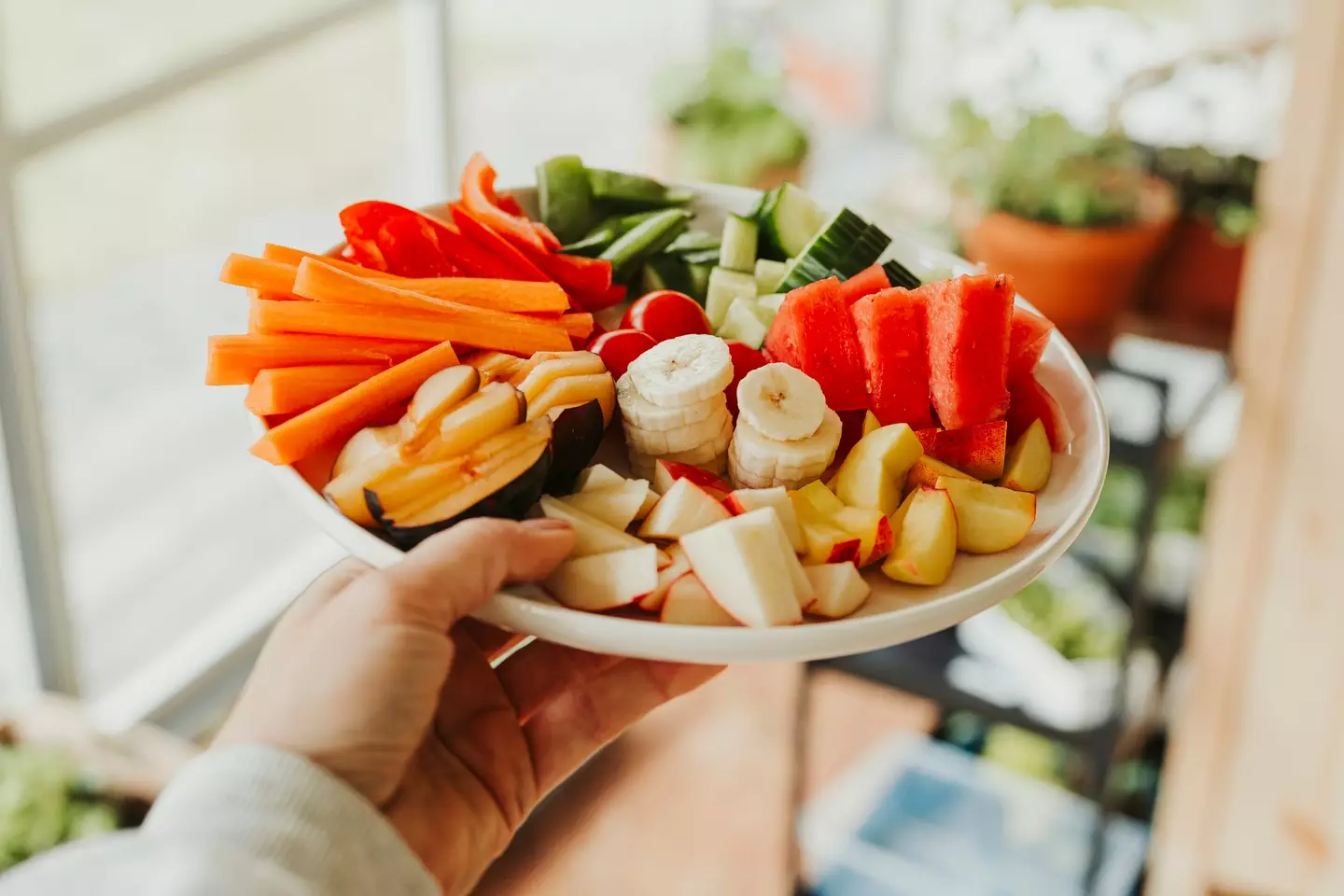
Fibre is an essential part of a healthy diet. You typically get it from plants, but it refers to carbohydrates that we can’t fully break down as we digest them.
Essentially, fibre gives our guts something to push against and keep them strong, and it’s a vital ingredient in having firm, regular, and easily-passed poos.
It also reduces the risk of heart disease, strokes, Type 2 diabetes and bowel cancer. On top of all that, fibre also increases your sense of satiety, potentially staving off hunger pangs between meals.

Advert
Fibre falls into one of two main groups: soluble and insoluble. According to Kathleen Garcia-Benson, a registered dietitian working with Top Nutrition Coaching:
“Soluble fiber dissolves in water and forms a gel-like substance. It helps lower cholesterol (through binding to the fat in the small intestine) and stabilize blood sugar levels, while insoluble fiber doesn’t dissolve and adds bulk to your stool, supporting regular bowel movements.”
Regardless of which type of fibre you’re getting, the recommendation is that we eat 30g of the stuff each day. The NHS reckons the average person in the UK is only eating 20g per day, so it seems we could do with eating more of the stuff.
Enter a new TikTok dietary trend fresh on the conveyor belt: ‘fibremaxxing’. The movement focuses on incorporating more dietary fibre into your daily routine, generally by eating more wholegrains, fruits, vegetables, pulses, legumes, and seeds.
Advert
For example, when you eat a bowl of cereal, you could slice up a banana and add it to the mix for an extra shot of fibre of potassium. If you normally have a couple of slices of toast for breakfast, garnishing it with half a tin of baked beans is also a great idea.
Of course, the possibilities are practically endless.
However, suddenly ramping up your fibre intake can have some unpleasant results.
“The goal is to support digestion, fullness, and metabolic health, though it can be easy to go overboard with fiber, especially if done too quickly, leading to bloating, gas, or discomfort,” notes Garcia-Benson.
Advert
Eliza Whitaker, another registered dietitian and founder of Nourished Nutrition and Fitness, adds that you need to increase water intake along with fibre intake to help the roughage get through your digestive system. Going too fast too soon and without the proper hydration can lead to some unpleasant side-effects.
“This could result in bloating, gas, gastrointestinal pain, discomfort, constipation, and in severe cases, a blockage if not enough water is consumed. Too much fibre intake may also reduce nutrient absorption because fibre may trap vitamins or minerals that the body wouldn’t be able to absorb because fiber is indigestible,” says Whitaker.

“Add a few extra grams of fibre for a few days and see how your body tolerates it before adding more. Your body will adjust to having more fiber over time.”
Advert
In terms of making sure your water intake matches the extra fibre, Whitaker adds that you should ‘drink half your body weight in ounces so, for example, if you weigh 150 (68kg) pounds you’d want to aim for 75 ounces (34kg) of water per day.”
Handily, a gram of water equates to a millilitre of the stuff, so in this example 34kg of water would equate to 3.4 litres.
Topics: Health, Diet, TikTok, Social Media
